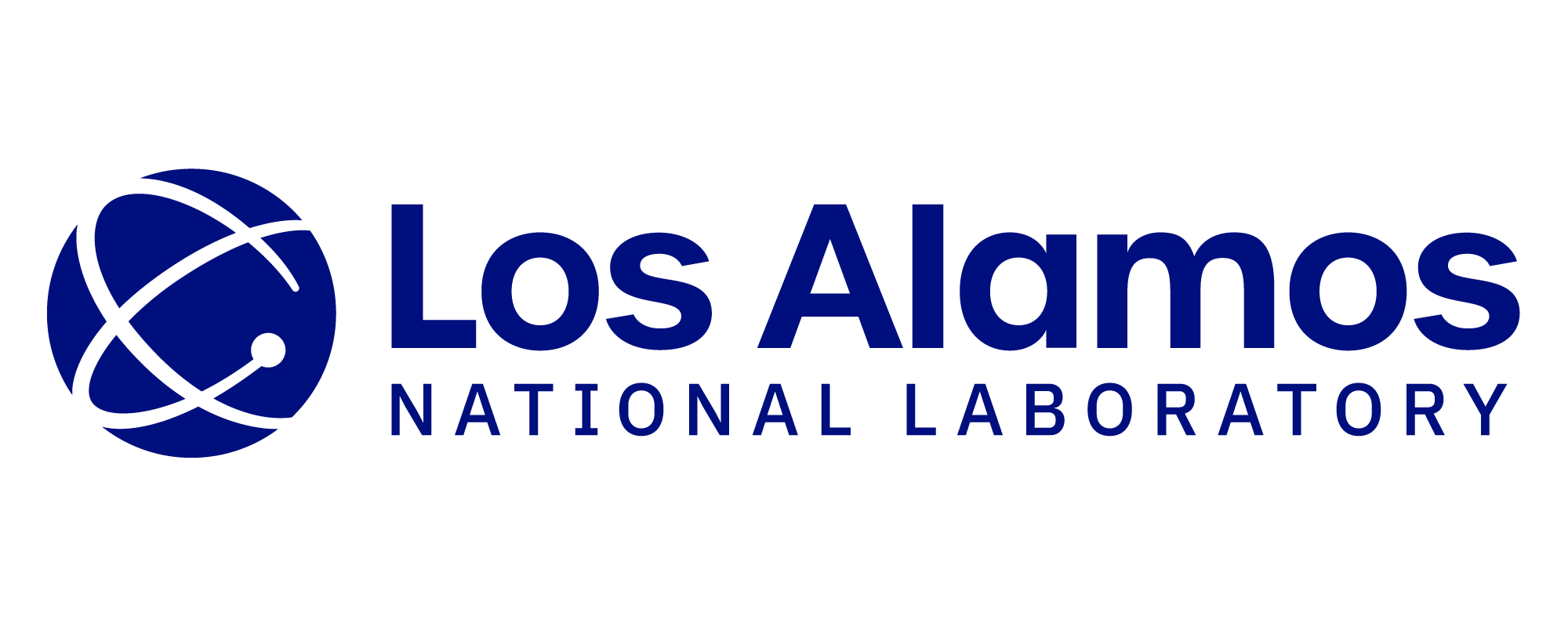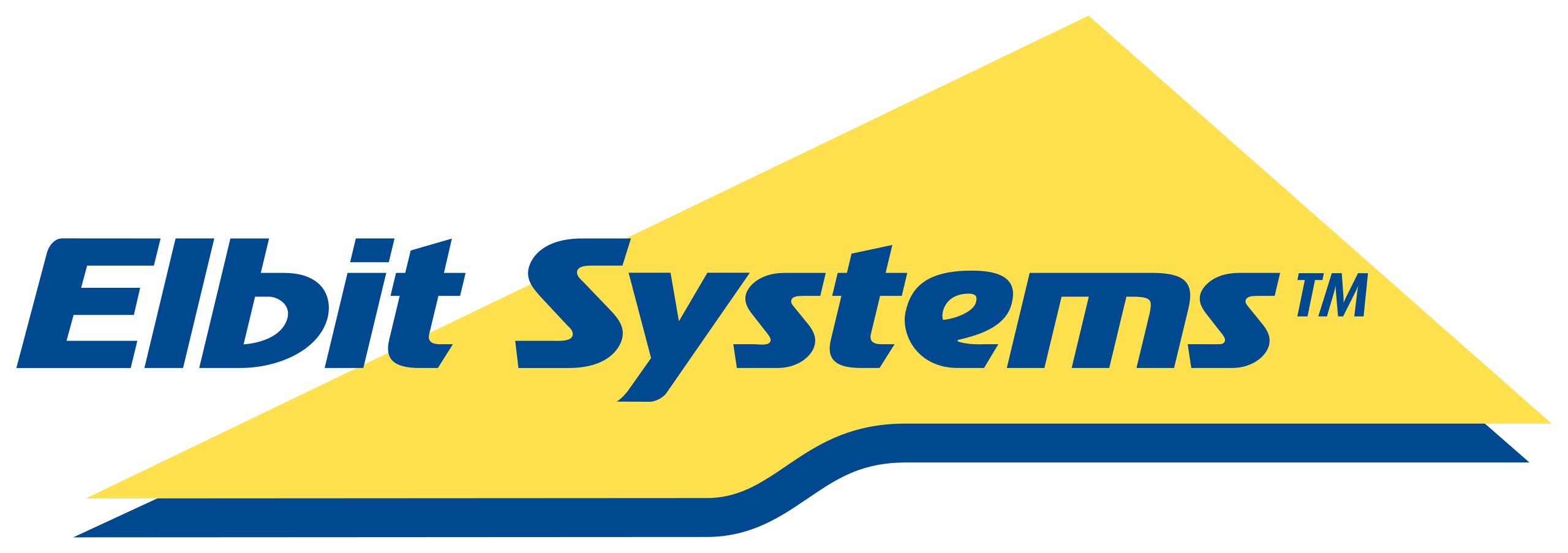
Maximize the ROI of Your MBD and MBE Investments
Ensure Integrity of Model-Based Definition (MBD) Data & Make Implementation Easier
Forward-thinking companies are taking advantage of model-based definition (MBD) solutions to achieve a model-based enterprise (MBE) approach as they strive for Industry 4.0 transformation. And with good reason—MBD investments modernize product design and manufacturing processes, helping organizations improve communication and collaboration, reduce rework, streamline workflows, and realize long-term cost savings.
But too many organizations struggle to appropriately tie all product requirements and parameters to a central set of models to ensure traceability and usability in their MBD / MBE systems. This leads to a more manual process that can lack the depth of information needed to fully understand MBD data, causing overlooked tolerance issues. Sigmetrix's tolerance analysis and GD&T solutions help ensure that the digital model is not only a visual representation, but also a reliable, manufacturable source of product information. The result? Improved product quality, optimal dimensioning schemes, increased usability of your MBD investments, and a step closer to a truly model-based enterprise.
Who We Help
-
Help product design teams identify mechanical variation and tolerance issues in their MBD systems faster, decreasing manufacturing costs due to rework.
-
Enable manufacturing and quality teams to reuse mechanical variation data to drive efficiencies by storing 3D MBD data in a central GD&T solution.
-
Give product designers, manufacturers, and engineers across the MBE access to key information such as contributions, sensitivities, stack-ups, and relationships between tolerances.
-
Create a collaborative environment where a single digital model serves as the central source of information, so design, manufacturing, and assembly teams can work together on the same model.
How We Help
-
Verify and validate the impact of tolerances specified in the MBD system, ensuring that the design intent is maintained, and the product can be manufactured and assembled within acceptable limits.
-
Ensure geometric dimensioning and tolerancing standards are adhered to in digital models—a crucial step in MBE, as GD&T provides a standardized way to communicate design intent and tolerance information.
-
Streamline the MBD workflow using Sigmetrix’s CAD and product lifecycle management (PLM) integrations, allowing for a more seamless transition between design and analysis stages.
-
Standardize data and reporting formats to improve communication and integrity of the digital thread.
-
Get training to become proficient in tolerance analysis solutions within the MBD context.
Want to See How Sigmetrix Helps Get the Most Out of Your MBD Investments & Closer to MBE?
Let us show you around. Book a discovery call today.
Mechanical Variation Management Is the Lifeblood of Your MBD’s / MBE’s Health
Sigmetrix’s tolerance analysis, tolerance stack-up, and GD&T solutions guide the application of mechanical variation controls and reinforce MBE principles, enabling companies to optimize product development, minimize errors, and enhance collaboration throughout the manufacturing process.
For PMI to be useful in a MBD system, it must be accurately expressed in terms of syntax (example: a specific format of measurement), and linked to the respective elements within the 3D model, ensuring their relevance and applicability. When dimensions are linked or connected properly to the relevant part of the model they specify, it provides context and clarity, allowing users to understand precisely which feature or aspect of the model a particular dimension applies to.
Sigmetrix’s solutions are designed to make this often-complicated process streamlined by applying dimensional and tolerance information directly to 3D models, ensuring accuracy, consistency, and proper association between dimensions and model features. Our solutions also integrate with major CAD platforms, with no interruption to existing design processes and ensure consistency between the model and associated dimensions.
Geometric dimensioning and tolerancing systems have been established to address mechanical and dimensional control issues. They are governed by globally accepted standards like ASME Y14.5 and ISO 1101 to control how they are associated within CAD systems, as well as ASME Y14.41.
Sigmetrix's solutions integrate seamlessly with CAD systems to validate the GD&T information within a 3D model. This validation ensures both syntactic and semantic accuracy, aligning with industry standards. The adherence to these standards is crucial as it guarantees that the GD&T definitions are correctly interpreted by downstream processes such as manufacturing, inspection, and other stakeholders involved in the production pipeline. This facilitates a smooth and error-free transfer of information between the design stage and subsequent stages in the product lifecycle.
In a perfect MBE approach, a digital product definition environment is defined and tolerances are specified directly on the 3D model. But that doesn’t always mean those tolerances are realistic or that the end-product will meet performance requirements.
Sigmetrix’s tolerance analysis solutions facilitate a swift and thorough examination of tolerance stack-ups against predefined quality standards. Engineers can efficiently iterate through various dimensioning strategies and tolerance values, conducting simulations to assess outcomes. The tools provide instantaneous visualization of crucial information, including feature and assembly tolerances, contributions, and sensitivities. This early-stage insight empowers engineers to make informed decisions during the development process, ensuring that the physical product, when released, aligns with the desired quality specifications.
MBE replaces traditional 2D drawings with 3D models as the primary means of conveying product information. This shift can enhance communication and collaboration among different teams, departments, and even external stakeholders like consumers. Everyone can refer to the same digital model, reducing the risk of misinterpretation and errors.
Sigmetrix offers comprehensive training programs that cover both the theoretical aspects and practical application of mechanical variation controls within the appropriate tools. This is crucial for MBE adoption, as it helps teams understand how to correctly represent and interpret geometric tolerances and variations in the digital model. Our software solutions also reinforce this training by providing in-tool guidance, ensuring that users apply the concepts correctly in the MBD environment.
Effective mechanical variation management is imperative in both the design and manufacturing processes to mitigate failures and streamline the production timeline for functional products. Even designs that pass simulations may fall short of meeting quality standards if the critical dimensioning aspects are overlooked.
Sigmetrix’s solutions can help you evaluate your company's current capabilities in mechanical variation management within the product development process. This encompasses considerations such as the alignment of dimensional requirements with system requirements, the proper construction and integration of dimensional controls into the MBD model, and the optimization of manufacturing and inspection processes through the utilization of mechanical variation controls within a digital model.
Industry Leaders Partnering with Sigmetrix to Maximize MBD/MBE ROI





Tolerance Analysis & Geometric Dimensioning and Tolerancing Solutions Designed to Maximize Your MBE Approach
Sigmetrix’s tolerance analysis and GD&T solutions help companies maximize MBD investments by ensuring accurate and standardized representation of product information within 3D models.
How Sigmetrix Helps Across the Enterprise
Save time, improve profitability, innovate more, and maximize return on your investments across the enterprise.
Read Expert Views on Better Mechanical Variation
Learn from our experts and continue transforming your enterprise in the Industry 4.0.



